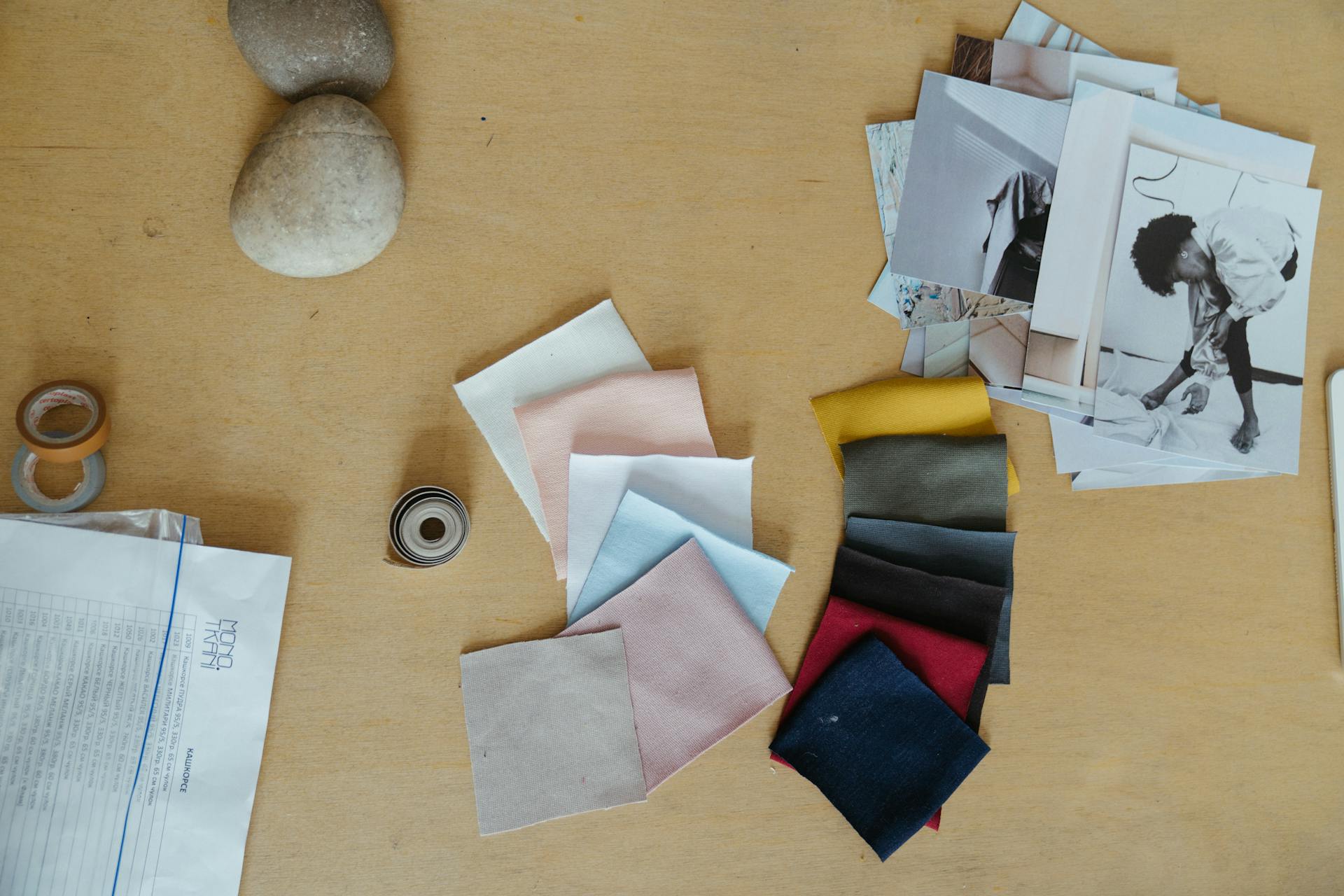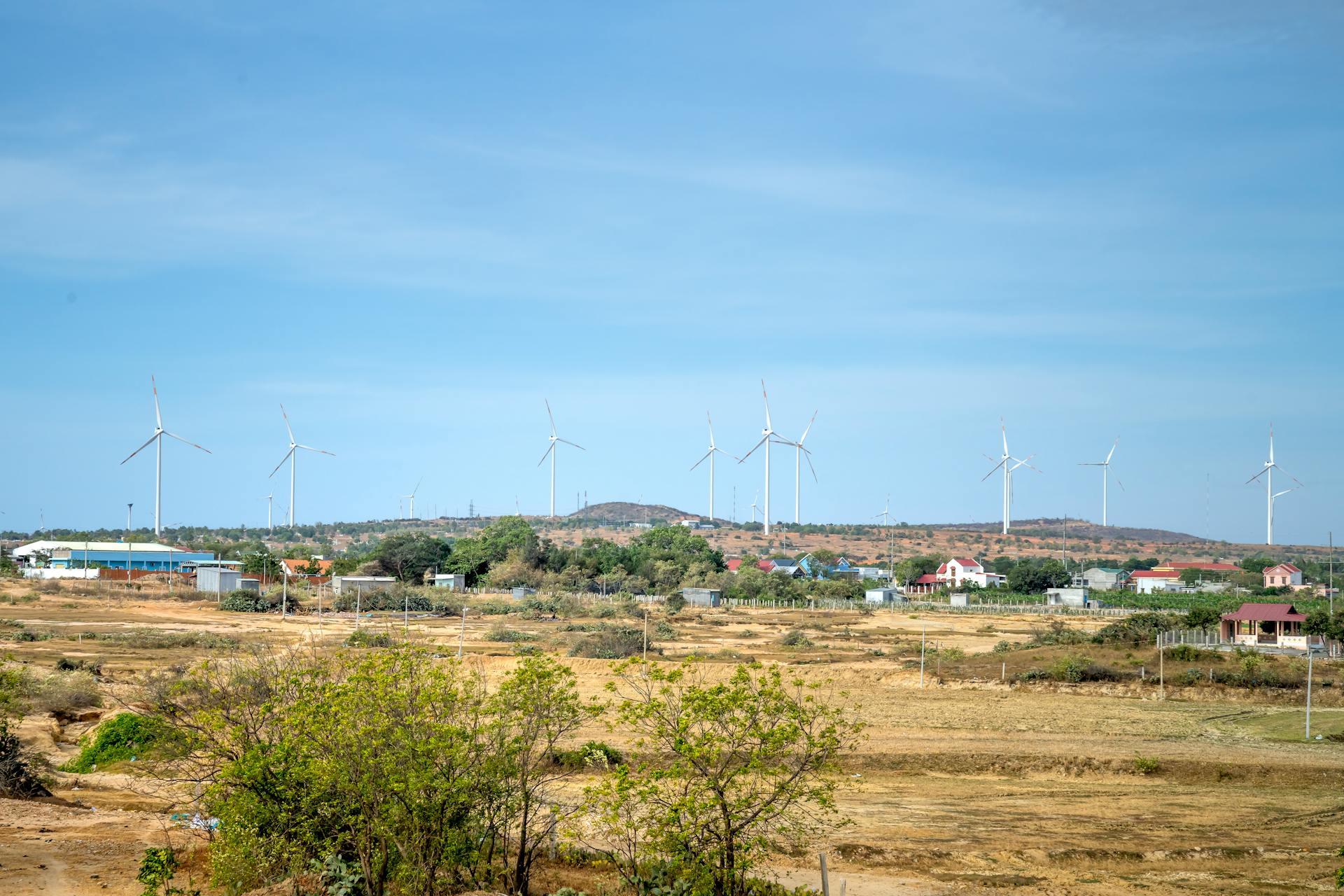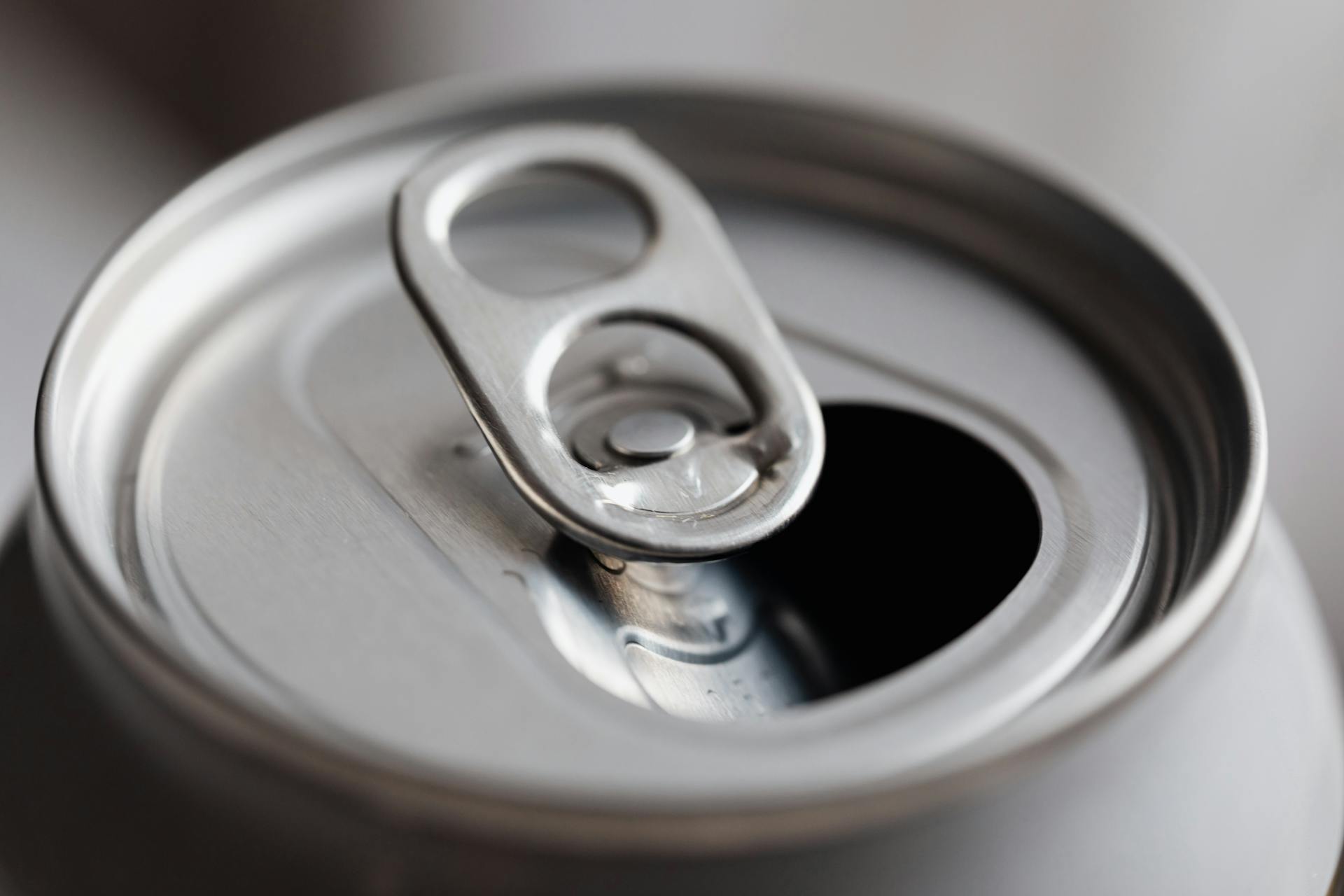
Biomimicry examples are all around us, from pyramids to skyscrapers, and even supersonic flight. The incredible ingenuity and engineering ability of humans have allowed us to construct some of the greatest creations in the past millennia. However, human innovation doesn't just come from looking within – emulating nature has led to what is called biomimetic design.
Biomimetic design takes inspiration from the natural world and applies it to human construction – creating bionic cars that resemble animals or buildings that mimic the structure of leaves. With over 30 animals serving as inspiration for engineers, there's no shortage of fascinating biomimicry examples inspired by nature. From spider webs to whale fins, we can learn a lot from our environment. In this article, we'll explore some of our favourite examples of biomimetic design that prove how much we can achieve by simply studying our surroundings. So, sit back and tune in to BBC Sounds as we discover together how nature inspires technology!
Discover Fascinating Biomimicry Examples Inspired by Nature
The natural world has inspired humans for centuries, with many of our greatest technological advancements being derived from living organisms. This process is known as biomimicry, and it involves studying nature to create innovative solutions to modern-day problems. There are numerous untapped technologies hidden within the natural world, ready to be discovered and utilized in groundbreaking inventions.
One example of biomimicry is the creation of Velcro, which was inspired by the way burrs attach themselves to clothing or animal fur. The tiny hooks on burrs would latch onto anything they came into contact with, and this concept was applied to fasten fabrics together. Another example is the development of turbine blades based on the shape of humpback whale fins. These blades are more efficient at generating energy due to their ability to reduce drag in water, just like whale fins do.
Biomimicry is a fascinating field that continues to uncover new technologies inspired by nature. From lightweight materials modeled after spider silk to self-cleaning surfaces based on lotus leaves, there are countless examples of how the natural world can inspire innovation. By looking beyond traditional methods, we can continue to make breakthroughs that improve our daily lives while also preserving and protecting the environment around us.
Whale = Turbine
Whales are incredible creatures that have been around for a long time. Their massive size and super-efficient form allow them to dive hundreds of feet below the surface and travel great distances with ease. It's no wonder researchers at Duke University, West Chester University, and the Naval Academy discovered that the front edge of a whale fin greatly increases efficiency by reducing drag. By mimicking this design, wind turbine blades, cooling fans, airplane wings, and many other technologies can be improved.
In fact, companies that have implemented biomimicry in their designs have seen significant results. For example, by increasing lift and reducing drag on wind turbine blades using whale-inspired designs, some companies have reported up to a 32 percent increase in energy output. Additionally, airplane wings with similar modifications have seen an 8 percent decrease in fuel consumption. It's amazing to think about how much we can learn from animals smaller than us and how we can use that knowledge to make our technology more efficient and sustainable.
Discover How Sharkskin Can Improve Your Swim Experience
Sharkskin-inspired swimsuits received a lot of media attention during the 2008 Summer Olympics, where Michael Phelps wore one and won eight gold medals. But what exactly is sharkskin, and how can it improve your swim experience? Sharkskin refers to the texture of a shark's skin, which looks like countless overlapping scales called dermal denticles or "skin teeth."
These dermal denticles have grooves running along them that help control water flow. The grooves disrupt turbulent swirls in the water, making it easier for a shark to swim faster by reducing drag. In humans, swimsuits that replicate dermal denticles can also reduce drag and make swimming more efficient.
Not only can this technology be used in major competitions like the Olympics, but scientists are also exploring how it can improve cargo ships. By creating surfaces with a rough shape that discourages parasitic growth, hulls require fewer cleaning chemicals to prevent the buildup of bunker oil. Just a single percent reduction in fuel use could save billions of dollars per year for shipping companies. So whether you're looking to swim faster or reduce energy costs for your business, sharkskin-inspired designs could be the answer!
Fascinating Creatures: The Water Collecting Beetles
Water collecting beetles are one of my favourite creatures because of their unique ability to collect water in the most unusual way. David Attenborough's epic series Planet Earth II showcased how African Namib Desert Beetle collects water by condensing fog on its back. The beetle has water-repellent ridges that line its back, which progressively direct the water droplets towards its head.
This incredible example of biomimicry has inspired scientists at the Massachusetts Institute of Technology (MIT) to replicate this technology. They were able to collect minute amounts of water using a similar design to the beetles' back, which could be used for fog harvesting or building cooling devices. This amazing creature truly showcases how nature can inspire technology and help us find solutions to problems such as water scarcity or toxic spills.
Discover the Artistic Beauty of the Lotus Flower
Have you ever stopped to admire the delicate beauty of a lotus flower? This aquatic plant is not only visually stunning but also has some amazing properties that have inspired scientists and designers alike. One of its most impressive features is how it keeps its petals sparkling clean even in muddy waters. The lotus flower's secret lies in the tiny nail-like protuberances on its surface, which prevent dirt particles from sticking to it.
This same property has been replicated by a German company, ISPO, which spent years researching and creating a paint that mimics the micro-rough surface of the lotus leaf. When applied to surfaces such as cars or buildings, water rolls off, leaving a clean surface and diminishing the accumulation of dirt. Biomimicry examples such as this one are not only aesthetically pleasing but also offer sustainable solutions for our dry land ecosystems.
Frequently Asked Questions
What is Biomimicry in Tech and engineering?
Biomimicry in Tech and engineering is the practice of designing and creating products, processes, and systems inspired by nature. It involves studying how organisms have evolved to solve complex problems and applying those principles to technology and engineering.
What are some biomimicry inventions?
Biomimicry inventions are products and technologies designed to imitate nature's solutions to problems. Examples include Velcro, which was inspired by the way burrs attach to clothing, and solar cells that mimic photosynthesis in plants.
What are the three types of biomimicry?
The three types of biomimicry are imitation, emulation, and inspiration. Imitation involves copying a biological system directly, emulation involves replicating the function or behavior of a biological system, and inspiration uses nature as a source of ideas for new designs or technologies.
What is an example of biomimicry?
Biomimicry is when scientists and engineers use nature to inspire their designs. An example of this is Velcro, which was inspired by the way burrs stick to clothing.
How biomimicry is inspiring human innovation?
Biomimicry is inspiring human innovation by looking to nature for solutions to problems, such as designing materials that mimic spider silk or creating buildings that function like termite mounds. By emulating nature's designs and strategies, we can create more sustainable and efficient technologies.
Featured Images: pexels.com


